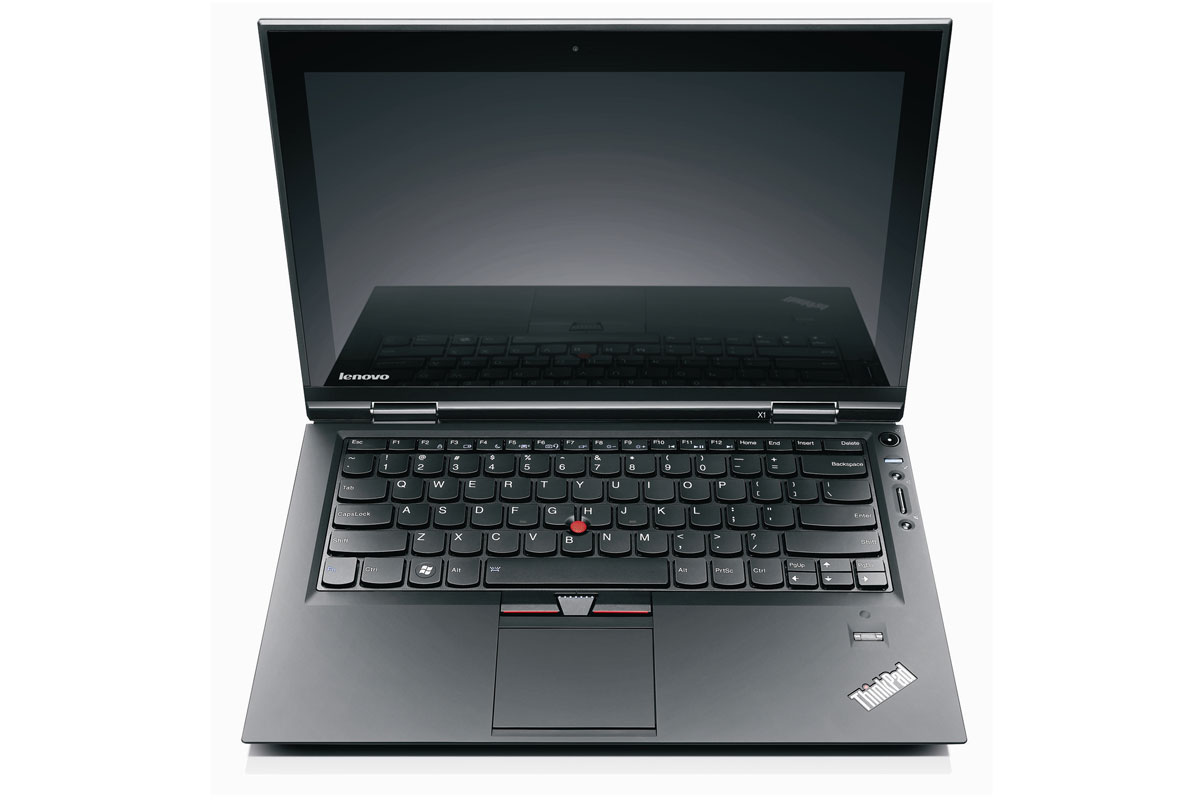Lenovo ThinkPad X1 review
Lenovo’s pencil-thin business ultra-portable finally arrives, squeezing Sandy Bridge performance into a tiny package, but is the X1 really worth buying? Tom Morgan finds out.

There’s no doubt that ThinkPad X1 is impressively thin, light and robust, but also very expensive compared to other ultraportable laptops. Despite all this, its disappointing battery life and temperamental touchpad make it frustrating to use. If you want an ultraportable laptop, the 13.3in MacBook Air or the Sony Vaio SB1V9E are better thanks to their far superior batteries.
Connectivity options are fairly reasonable for an ultraportable; as well as two USB ports, one of which that doubles as an eSATA port. There's also a single USB3 port which is worth having USB3 is much faster than USB2. A Mini DisplayPort next to the HDMI output is a welcome inclusion. Although some may have preferred a VGA connection, adapters are available.
A multi-format card reader and combination stereo mini-jack round off the physical ports; wireless connectivity options include Bluetooth and SIM unlocked WWAN 3G. The majority of the ports are located at the back of the laptop, which will keep cabling neat when sat at a desk, but the lack of a port replicator connector seems like an oversight for existing Lenovo laptop owners.
The keyboard itself was excellent to type on, with plenty of tactile feedback.
On top of Intel's vPro technology and a fingerprint reader, the ThinkPad X1 has plenty of other business-friendly features; the two-megapixel webcam can lock the laptop when it detects you're no longer at your desk. Lenovo's ThinkVantage software can disable unused background services in an attempt to extend battery life, but we didn't see any major improvement once it was activated. The Enhanced Experience 2.0 is supposed to speed up boot times, but it wasn't particularly quicker than any other SSD-equipped laptop we've seen.
Using the ThinkPad X1 will feel instantly familiar to existing Lenovo laptop owners, but slightly infuriating to everyone else. The main cause for this frustration is the swapped control and function keys on the full-size QWERTY keyboard; until you get used to the slightly tweaked layout, expect to make several mistakes when typing shortcuts.
In spite of this, the keyboard itself was excellent to type on, with plenty of tactile feedback through each isolated key. Understandably there's no separate number pad, but a set of helpful multimedia keys just below the power switch are a nice inclusion. The keys are also backlit for working in dark rooms.
Sign up today and you will receive a free copy of our Future Focus 2025 report - the leading guidance on AI, cybersecurity and other IT challenges as per 700+ senior executives
-
 Keeper Security expands federal bench with latest senior hires
Keeper Security expands federal bench with latest senior hiresNews The security vendor has bolstered its federal team to support zero-trust access, operational execution, and government modernization efforts
By Daniel Todd Published
-
 US small businesses are fighting off a wave of cyber attacks
US small businesses are fighting off a wave of cyber attacksNews While threats are rising, many small business owners are trying to manage the risk themselves
By Emma Woollacott Published
-
 OpenAI's 'Skills in Codex' service aims to supercharge agent efficiency for developers
OpenAI's 'Skills in Codex' service aims to supercharge agent efficiency for developersNews The Skills in Codex service will provide users with a package of handy instructions and scripts to tweak and fine-tune agents for specific tasks.
By Ross Kelly Published